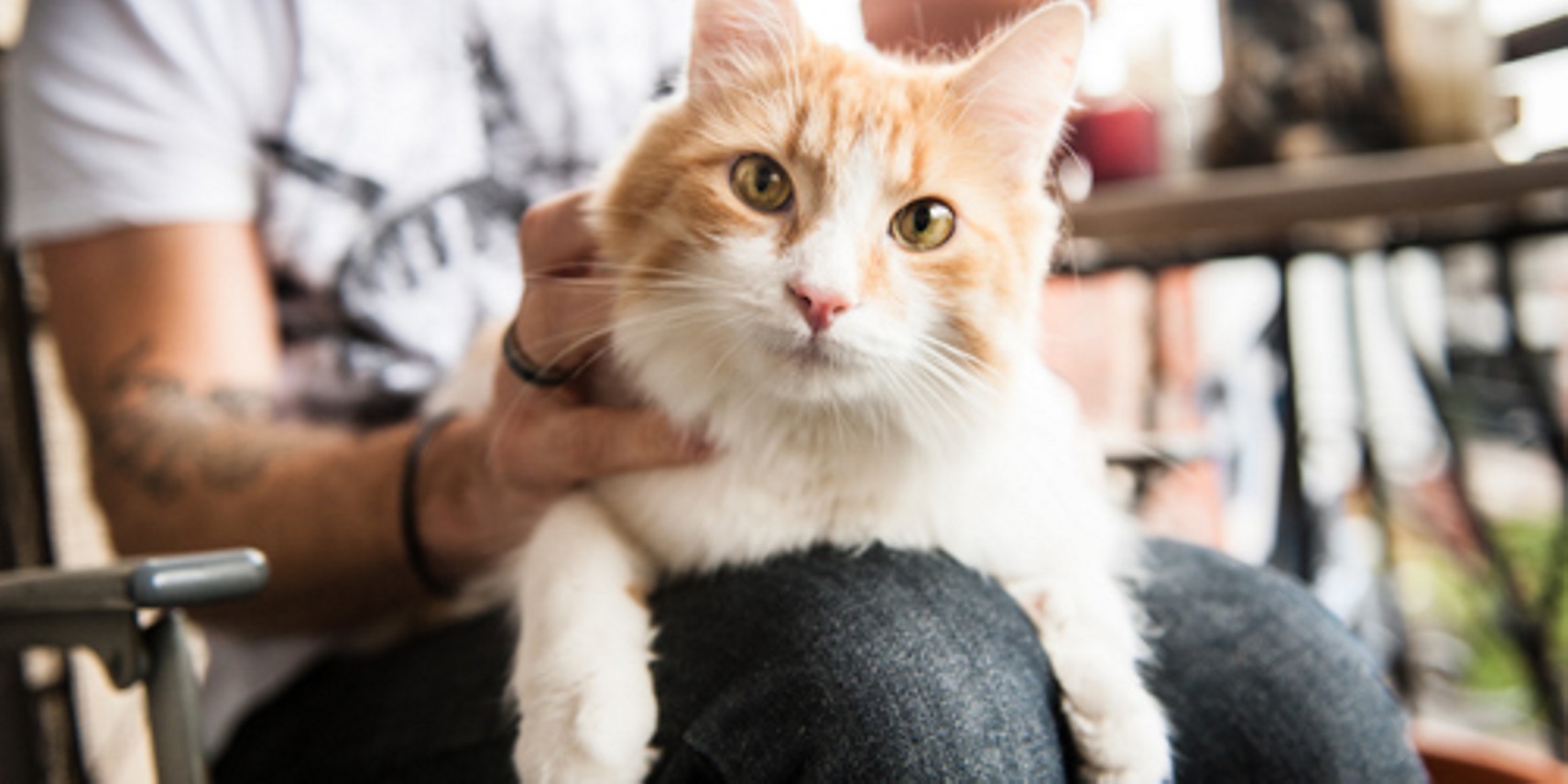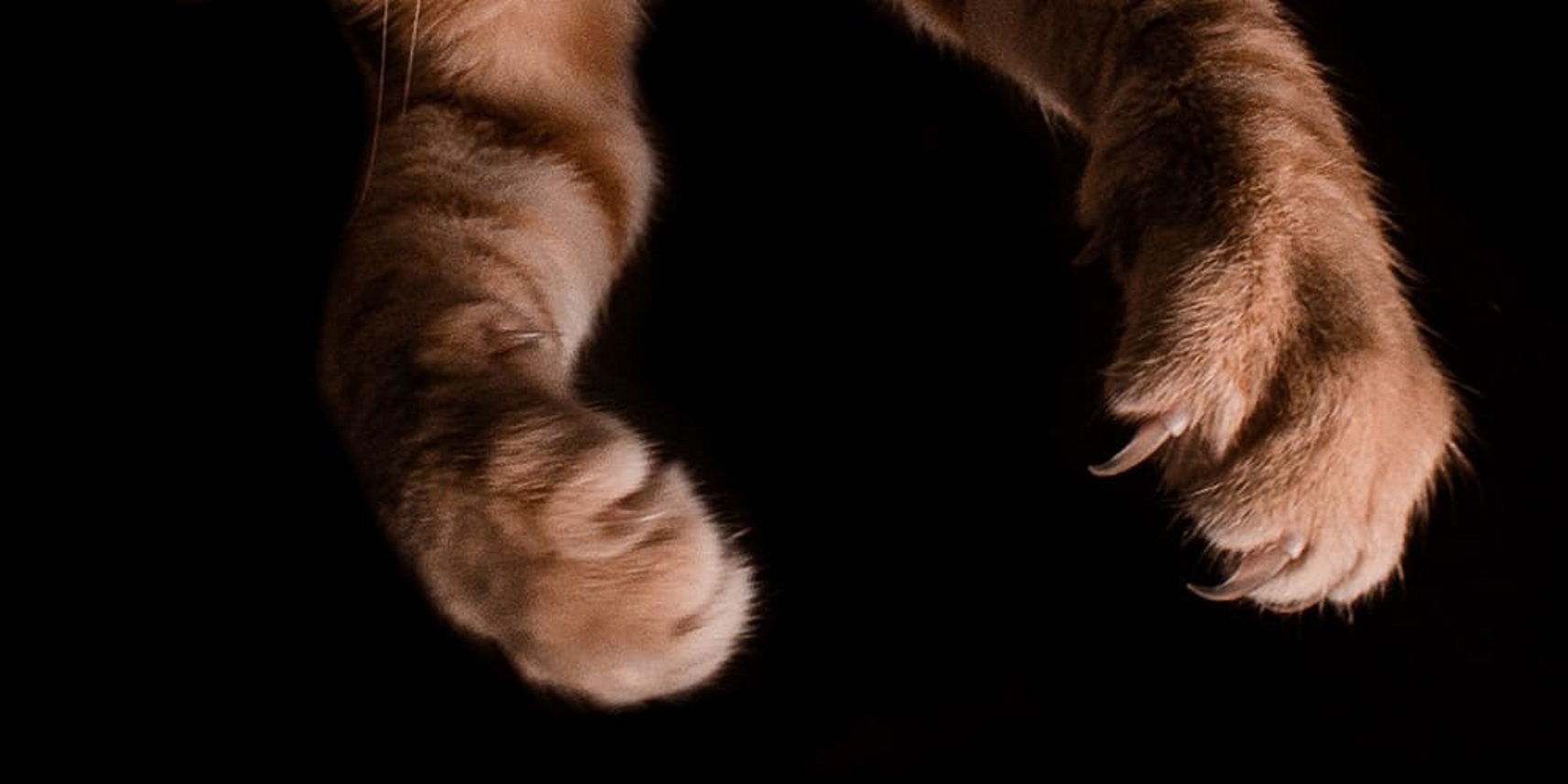Caring for your cat

While cats are very independent animals, they do still require a certain level of care to keep them happy and healthy. You must consider the environment in which your cat lives, as well as their habits and grooming requirements. Below are some tips we’ve pulled together to help care for your cat.
Toilet training
Toilet training a cat is not overly difficult, as their instinct is to bury their urine and faeces. If your cat is consistently going to the toilet outside the litter tray, here are some things to do.
Rule out medical illness
Cats that need to go to the toilet more frequently or show pain when toileting may be suffering from a variety of medical problems such as urinary tract infections, food intolerance, intestinal worms, constipation or diabetes. It is always best to get your vets medical opinion if your cats toilet habit change.
Make the toilet tray more attractive
Give your cat a choice of litter trays to test out and choose from, as they might prefer one over the other, especially of varying heights and sizes. Cats are also clean creatures, so making sure the tray is clean is important. Scoop the tray daily to remove any mess that might discourage your cat using the tray. Access and location make a big difference to the likelihood of your cat using the tray, as they like quiet private areas to do their business.
Thoroughly clean areas they’ve used
By thoroughly cleaning an area that the cats used that they shouldn’t, you will have removed the remaining smell of urine. Cats return to the same areas they’ve used, so if they can’t smell where they’ve been they are less likely to return.
Change the nature of the location
By disrupting the nature of the location, you can try and disrupt the routine of the cat. Try placing a bowl of food, a pot plant or bubble wrap on the floor to change the meaning of the location.
Retrain them to use the tray
Some cats may have had a bad experience in the tray, such as being caught to be medicated, scared by a dog or experiencing pain due to a bladder infection, and as a result, developed a fear of the tray. These cats need to re-learn that the tray was not the cause of pain or fear. Sometimes keeping them in an isolated room with the tray, bed, food, water, toys, and regular visitors for cuddles and games can help them reacquaint themselves with the tray.
Reduce their anxiety and stress
Some cats urinate and defecate places they shouldn’t due to anxiety. There can be a number of reasons for onset anxiety, such as new cats or pets in the neighbourhood or moving house. By identifying and reducing stressful situation, this can help your cat return to a normal routine.
Grooming your cats
Unlike dogs, cats don’t need as much grooming as they are meticulous in looking after their own hygiene. Instead, grooming is an activity that can help increase the bond between you and your cat and gets them used to being handled.
There are still health benefits that come with regular brushing, including removing dead fur and reducing the risk of fur-balls. Some long-haired cats require their coat to be clipped, which should be performed by a professional groomer and if sedation is required will require a veterinarian to be involved.
Cat behaviour
To properly care for your pet, you need to understand their behaviour, particularly in cats. Below is some general advice about how to handle some of the common behavioural problems seen in cats, such as spraying on furniture and carpets, scratching indoors, hunting, hiding and yowling.
Spraying
Spraying is the most common behavioural problem seen in cats, as spraying is a natural form of communication used by cats. For some cats, spraying on furniture and carpet can be resolved by keeping the litter tray clean. Some cats have an aversion to their litter tray if it is not clean enough, as cats are very clean animals themselves. Other reasons for spraying outside of the litter tray include environmental stress, anxiety or fears, which can be caused by a sudden change in living situations. If spraying persists, consult your local vet.
Scratching
Scratching surfaces is normal behaviour by cats used to communicate or mark territory, as well to maintain healthy claws. Scratching is something cats must do, so instead of discouraging scratching altogether, you can redirect their efforts to scratching posts or acceptable scratching materials. It is best to start training your cat to use scratching posts as a kitten, so they grow up associating that this place is their place to scratch.
Hunting
Hunting or predatory behaviour is completely normal behaviour for cats. It is in the natural instincts to hunt and stalk prey, so the only way to prevent predatory behaviour is to confine your cat where they cannot catch wildlife. You can redirect the energy into games and play, encouraging your cat to hunt toys rather than wildlife or get your cat a friend to keep them company and to play with.
Hiding
A certain level of shyness around strangers is normal for cats, as they are a vulnerable size and will often take refuge in a safe haven if uncomfortable. Once they feel safe again, they will generally come out of hiding. However, if their behaviour seems to have changed suddenly, or they hide excessively, consult your vet.
Yowling
Cats tend to yowl most commonly in the early morning, for a range of reasons. They will often start crying when they’re hungry, seeking attention, in pain or defending their territory. It is easier to manage this behaviour once you’ve determined why they’re yowling, then to address the behaviour behind it. If the yowling persists you can consult your vet.
Learn more about our cat insurance, or get a quote to see if Vets Choice is right for you.
Information sited from:
https://www.vetvoice.com.au/ec/pet-ownership/cat-and-dog-behaviour/
https://www.vetvoice.com.au/ec/pet-ownership/pet-grooming/


